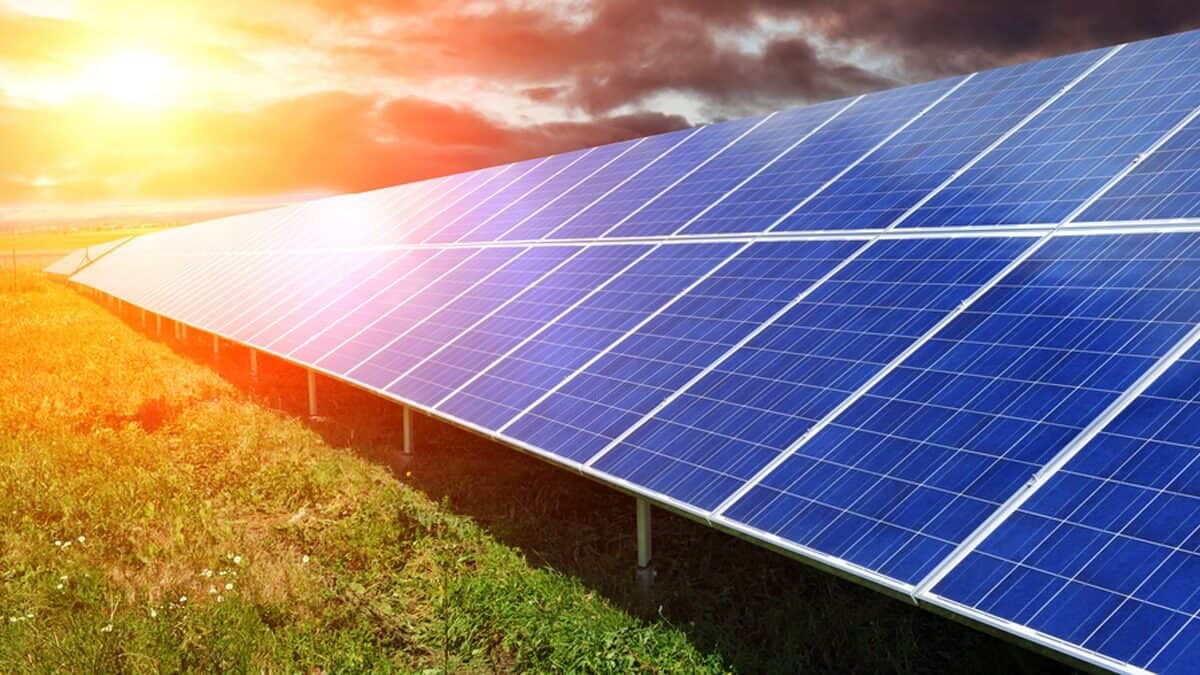In a world where sustainable energies are becoming more essential, solar panels are emerging as a beacon of hope, providing an efficient and sustainable solution to our energy requirements. These amazing inventions harness the power of the sun’s energy to produce electricity, giving a renewable and sustainable alternative to conventional fossil fuels. Because of their broad adoption, solar panels are transforming the energy sector in all of the world and pave the way to the future to be brighter and more sustainable.
Solar panels’ origins are traced to the late 19th century, where French physicist Alexandre Edmond Becquerel discovered the photovoltaic impact. The groundbreaking discovery laid the basis for the solar cell’s technology that would later lead to the modern solar panel. However, it was only in the 1950s and 60s that significant progress was achieved in the creation of practical solar cells. In this era, innovations paved the way for the initial space applications of solar panels that powered satellites and spacecraft.
Solar panels’ benefits can be numerous and vast. The most important benefit is their environmental impact. Solar panels are clean sources of power, and do not emit greenhouse gases or pollutants during operations. It is a significant factor in reducing the effects of climate change as well as reducing air pollution, improving overall air quality and public health. Additionally the solar power is almost unlimited, giving you an endless supply of energy in the event that the sun is shining.

One of the most significant difficulties faced by Solar Panel was performance – the capability to convert sunlight into electricity. Since then, unrelenting studies and research efforts have brought about remarkable improvements in the efficiency. In the beginning, solar panels had effectiveness rates around 10%. This means they could only convert a small portion of sunlight into usable energy. Nowadays, the latest solar panels can achieve high efficiency of up to 20%, with some tests even breaking the 40% mark. They have also made solar energy cheaper and more affordable, contributing to its widespread usage. To obtain supplementary information kindly check out Solars China
The adoption of solar panels is witnessing a massive global surge. Countries and communities around throughout the world are realizing the importance in renewable sources of energy in combating climate change as well as achieving energy independence. Subsidies, incentives from governments, and favorable policies have accelerated the growth of solar industries, making solar panels more available to all. Further, technological advances have led to the creation of transparent and flexible solar panels. They are expanding their application to windows, exteriors and even clothing, thus seamlessly integrating energy production in our everyday lives.
Solar panels don’t have to be limited to the rural regions with plenty of free space. They are increasingly finding the way into urban spaces as they are integrated into design concepts as well as infrastructure. These solar-integrated structures, sometimes called “solar buildings,” incorporate PV panels on their exteriors, roofs even windows, making structures into self-sustaining energy generators. Such innovations enable cities to maximise their area while contributing towards their goals for renewable energy.

